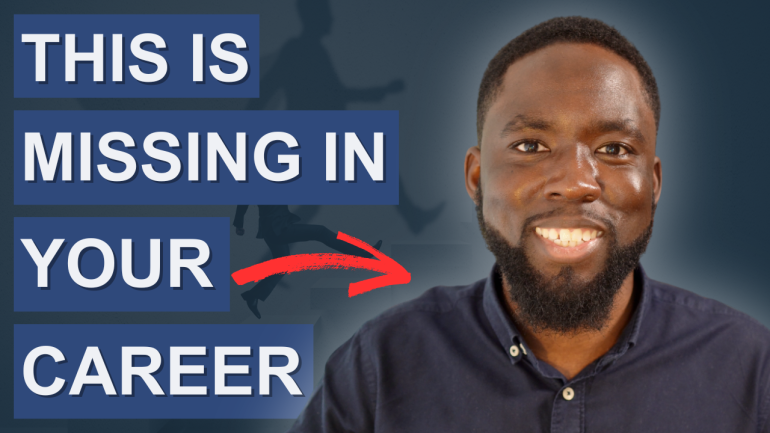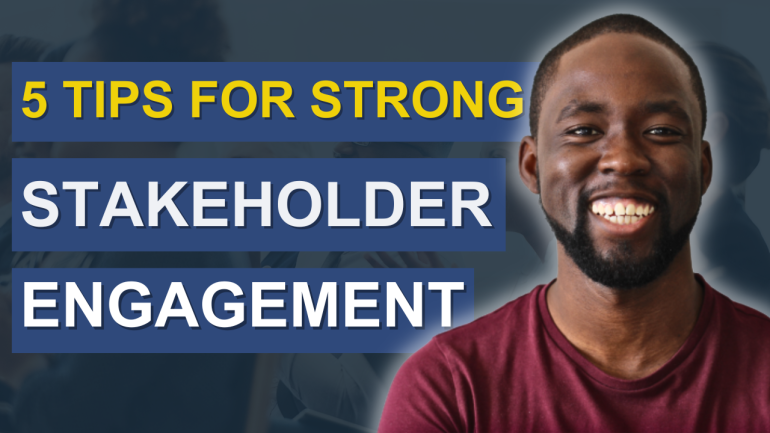The Top 5 Career Models to Embrace in 2025 (And How to Position Yourself for Them)
If automation cut your role in half overnight, would your income survive the shock?
It’s a confronting question, but it’s one we all need to ask ourselves as we navigate the uncertainties of the modern workplace.
As a programme management consultant who’s seen the tides shift across industries and technologies, I’ve spent time reflecting on how we can stay not just relevant, but resilient. The professional landscape is evolving fast. Tariffs, AI, the gig economy, it’s a lot to take in. But amidst the noise, one thing is clear: we must future-proof our careers.
In this article, I’ll unpack five career models poised to thrive in 2025, sharing practical insights and strategic steps to help you adapt, grow, and lead in this next era of work.
1. The Portfolio Professional 2.0
Let’s start with what I consider the bedrock of career resilience, a portfolio approach.
Gone are the days of relying on a single job title or employer. In the modern world, particularly post-COVID, I’ve learned the power of combining different income streams to create something far more sustainable.
My own journey? I operate as a contractor and independent consultant, but that’s just one pillar. I’ve also built a productized service arm; think repeatable audits, frameworks, or reports that offer value on demand. Then there’s coaching and advisory, supporting professionals who want to break into this space or transition their careers.
Actionable Advice:
- Map out your own three-pronged structure: Delivery | Product | Advisory. Which one are you strongest in? Where can you expand?
- Make your offering IR35-compliant if you’re in the UK, and know your contractor status inside and out.
- Stack your authority: build a personal brand through content, speaking, or podcast appearances.
Ask yourself: Am I just working… or am I building a resilient business?
2. The Human-Centric Tech Translator
AI isn’t coming. It’s here. But human nuance? Still irreplaceable.
We’re seeing a massive rise in prompt engineering, content optimization, and AI-human alignment. Whether it’s ChatGPT, Claude, or Gemini, what separates useful outputs from brilliant ones is the quality of the prompt and the empathy behind it.
I’ve been dabbling in this space recently, supporting clients by helping their AI-generated content sound more “them.” It’s not just copywriting, it’s personality layering for tech outputs. And trust me, it’s a growing demand.
Actionable Advice:
- Learn the art of prompt engineering. It’s a game-changer.
- Consider how your current skills, copywriting, communications, and behavioural science can serve as a human layer to tech interfaces.
- Explore cybersecurity and AI ethics, especially if you want to future-proof your relevance in a world of deepfakes and data breaches.
Could you become the bridge between AI efficiency and human emotion?
3. The Behavioural Data Storyteller
We’re drowning in data but starving for meaning.
As someone who’s delivered strategic reports, programme dashboards, and stakeholder insights for years, I’ve learned this: data only matters if it changes behaviour. And to do that, it needs a story.
Imagine combining psychology, sociology, and visual storytelling to make complex dashboards feel intuitive, even to a five-year-old. That’s what the best in this field do.
Actionable Advice:
- Don’t just analyse data, visualise it and give it a narrative arc.
- Build skills in dashboard creation, data visualisation tools, and user experience design.
- Use behavioural insights to frame your findings: “What’s the story behind the numbers?”
Ask yourself: Am I reporting data or reshaping decisions?
4. The Regenerative Operations Strategist
This one might sound lofty, but it’s rooted in something very real: sustainability meets strategy.
With global priorities shifting toward eco-efficiency, organisations are hungry for professionals who can help them operate cleaner, leaner, and smarter. It’s about measuring impact, not just in profits, but in planetary cost.
What does success look like when you factor in carbon, waste, or energy consumption? That’s where this model shines.
Actionable Advice:
- Learn frameworks like ISO 27001 or Cyber Essentials to help companies meet compliance standards.
- Apply operations strategy to green initiatives. How can analytics and predictive models make systems more efficient?
- Focus on waste reduction, sustainable KPIs, and circular processes.
Could your next big win be measured in both ROI and carbon savings?
5. The Community-Driven Micro-Educator
This is close to my heart because I’ve seen the power of intimate learning spaces.
People want community. They want to be led by someone who’s actually doing the work. That’s why cohort-based learning is gaining traction. It’s less about passive content and more about guided implementation, shared accountability, and measurable outcomes.
In my own consultancy, I’ve explored ways to productize my knowledge, whether that’s through short programs, niche templates, or strategic roadmaps.
Actionable Advice:
- Launch a micro-education offer in your niche: cohort programs, workshops, or learning challenges.
- Think beyond B2C; this works brilliantly in B2B too, especially when productized as advisory toolkits or diagnostic frameworks.
- Leverage your authority: if you’ve built credibility, use it to lead communities that are ready to invest in transformation.
Ask yourself: Could your knowledge become your next scalable product?
Bonus Tip: The Strategic Positioning Matrix
If you’re wondering, “Where do I even start?”, here’s a micro framework I use with clients (and myself):
| Key Move | Micro Action | Success Metric |
| Clarify Your Value | Craft a 1-sentence value statement for your LinkedIn headline | More profile views or inbound messages |
| Authority Burst | Publish a 1,500-word LinkedIn newsletter weekly | Audience growth + engagement |
| Network Uplift | Message 5 key stakeholders or launch a discovery event | Conversations booked |
| Offer Test | Run a beta version of your product/service | Paid feedback + testimonials |
| Build a Scaling Engine | Systemise workflows, hire a VA, or introduce referral incentives | Greater reach with less effort |
In Conclusion: Know Your Market, Lead with Intent
2025 will reward those who are proactive, not just reactive.
The five career models I’ve shared aren’t predictions for prediction’s sake. They’re reflections of what I’m seeing in the trenches, with clients, in contracts, and across market signals.
To thrive, you don’t need to master them all. You need to know your strengths, follow the trends that matter to your world, and take the next best step.
So I’ll leave you with this:
Which of these five paths speaks to your current strengths, and what will you do about it this week?
Understand. Reach. Expand. Peace.







